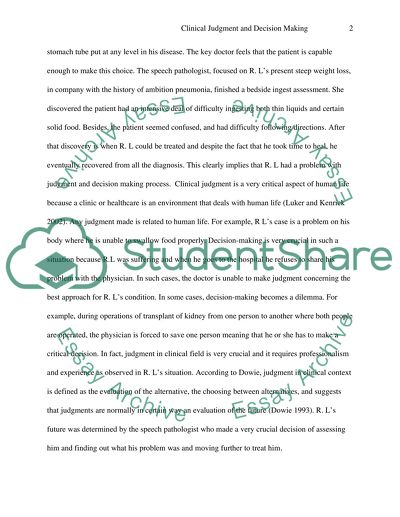Cite this document
(“Clinical Judgement and Decision Making Essay Example | Topics and Well Written Essays - 2500 words”, n.d.)
Retrieved de https://studentshare.org/nursing/1447671-clinical-judgement-and-decision-making
Retrieved de https://studentshare.org/nursing/1447671-clinical-judgement-and-decision-making
(Clinical Judgement and Decision Making Essay Example | Topics and Well Written Essays - 2500 Words)
https://studentshare.org/nursing/1447671-clinical-judgement-and-decision-making.
https://studentshare.org/nursing/1447671-clinical-judgement-and-decision-making.
“Clinical Judgement and Decision Making Essay Example | Topics and Well Written Essays - 2500 Words”, n.d. https://studentshare.org/nursing/1447671-clinical-judgement-and-decision-making.


